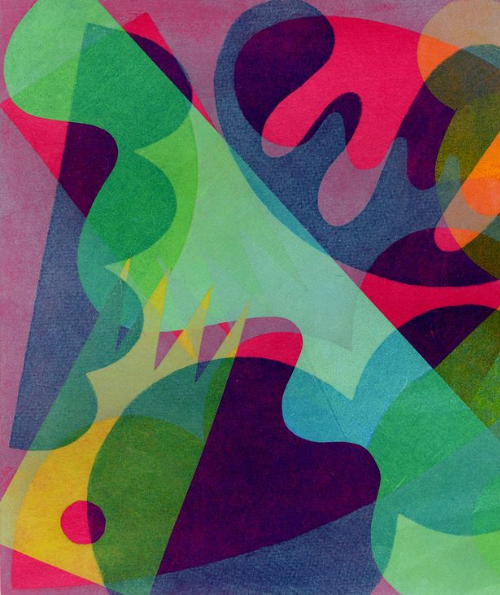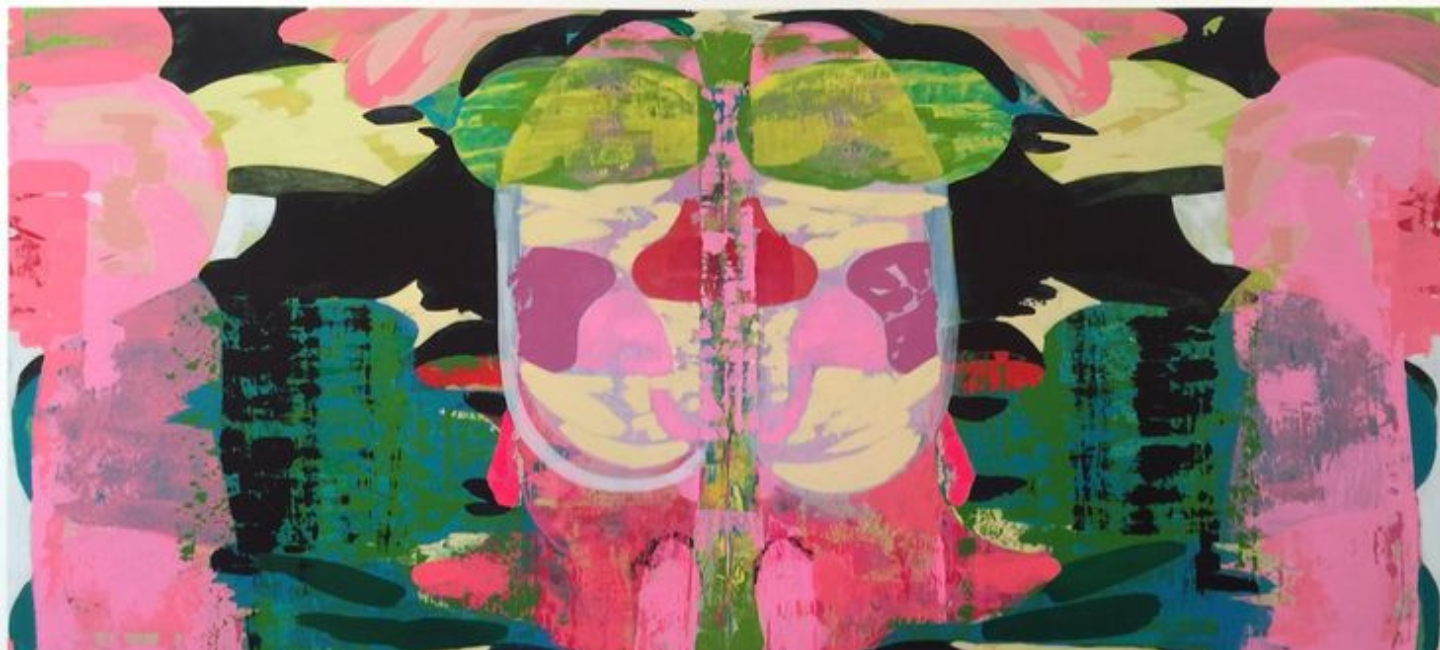Contemporary art is a vibrant tapestry woven from a multitude of threads, each representing different aspects of human experience, identity, and perspective. One of the most crucial threads in this intricate fabric is intersectionality. Intersectionality acknowledges that individuals’ identities are shaped by a combination of factors such as race, gender, sexuality, class, ability, and more. In the realm of art, understanding and navigating intersectionality is essential for artists, viewers, and critics alike.

Artists around the world are increasingly embracing intersectionality as a central theme in their work, using their creative platforms to explore the complexities of identity and social dynamics. One notable example is the work of Nigerian-American artist Toyin Ojih Odutola. Her intricate pen and ink drawings depict black figures in various settings, inviting viewers to contemplate the intersections of race, gender, and culture. In her series “To Wander Determined,” Odutola explores themes of migration, displacement, and belonging, reflecting on her own experiences as an immigrant and a woman of colour. Similarly, South African artist Zanele Muholi’s photography challenges conventional representations of gender and sexuality. Muholi, who identifies as non-binary, captures intimate portraits of LGBTQ+ individuals in South Africa, highlighting the intersections of race, sexuality, and identity. Through their work, Muholi confronts the viewer with the complexities of queer existence in a society grappling with the legacies of colonialism and apartheid.

Intersectionality also plays a vital role in the world of performance art. In her groundbreaking piece “The Kitchen Table Series,” American artist Carrie Mae Weems uses photography and video to explore the intersections of race, gender, and domesticity. Through a series of staged scenes at a kitchen table, Weems addresses issues such as love, loss, and identity, inviting viewers to consider how personal and social narratives intersect and influence one another. Contemporary art institutions are also beginning to recognize the importance of intersectionality in curatorial practice. The Tate Modern in London, for example, has made efforts to diversify its collection and programming to better reflect the intersections of race, gender, and class. Through exhibitions such as “Soul of a Nation: Art in the Age of Black Power” and “Queer British Art,” Tate Modern aims to create space for marginalized voices and challenge dominant narratives in art history.

However, navigating intersectionality in contemporary art is not without its challenges. Critics and scholars often grapple with questions of representation, appropriation, and privilege. For example, some argue that artists who occupy positions of privilege – whether under race, class, or education – may unintentionally perpetuate inequalities through their work. Others caution against reducing artists from marginalized communities to their identities, arguing that it can overlook the complexity and diversity of their experiences.

One way that artists and institutions are addressing these challenges is by fostering collaboration and dialogue across diverse communities. For example, the Brooklyn Museum’s “Crossing Brooklyn” exhibition brought together artists from different backgrounds to explore themes of migration, displacement, and identity. Through a series of workshops, performances, and discussions, the exhibition encouraged participants to share their stories and perspectives, fostering empathy and understanding across lines of difference. Similarly, artist collectives such as Black Quantum Futurism and Decolonize This Place are using collaborative practices to challenge dominant narratives and imagine alternative futures. Through workshops, publications, and public interventions, these collectives aim to centre the experiences and voices of marginalized communities, creating space for dialogue, healing, and resistance.

Intersectionality is a central theme in contemporary art, reflecting the complexities of human experience and identity. Artists around the world are using their creative platforms to explore the intersections of race, gender, sexuality, class, and more, challenging dominant narratives and amplifying marginalized voices. While navigating intersectionality in art can be challenging, efforts to foster collaboration, dialogue, and empathy are essential for creating a more inclusive and equitable art world. By centring diverse perspectives and experiences, contemporary art has the power to inspire, provoke, and transform our understanding of ourselves and the world around us.

As we continue to navigate the complexities of contemporary life, intersectionality remains a guiding principle for artists and art institutions seeking to create art that is truly reflective of the rich diversity of the human experience. Artists and institutions alike are realizing the potential of intersectionality to foster meaningful connections and facilitate transformative change. Through their work, they are not only challenging existing power structures and systems of oppression but also envisioning new possibilities for a more just and equitable future. Artists and institutions alike are realizing the potential of intersectionality to foster meaningful connections and facilitate transformative change. Through their work, they are not only challenging existing power structures and systems of oppression but also envisioning new possibilities for a more just and equitable future.

The recognition of intersectionality in contemporary art is leading to a deeper understanding of the complexities of identity and social structures. It encourages artists to explore the multifaceted layers of human experience, shedding light on the intersecting factors that shape our lives. Through their creative endeavours, artists are challenging stereotypes, amplifying marginalized voices, and fostering empathy and understanding across diverse communities. Moreover, intersectionality serves as a powerful tool for social critique and activism within the art world. By highlighting the interconnectedness of different forms of oppression and privilege, artists can challenge dominant narratives and advocate for social change. Through their work, they confront issues such as racism, sexism, homophobia, and ableism, prompting viewers to reflect critically on their own beliefs and prejudices. In recent years, there has been a growing recognition of the need for greater diversity and inclusion within the art world. Institutions and organizations are increasingly prioritizing initiatives aimed at promoting underrepresented artists and addressing systemic inequalities. However, there is still much work to be done to ensure that the art world truly reflects the rich diversity of human experience.

Intersectionality is a fundamental aspect of contemporary art that enriches our understanding of identity, power, and representation. Artists around the world are harnessing the power of intersectionality to create thought-provoking and socially relevant work that challenges dominant narratives and fosters empathy and understanding. By embracing intersectionality, the art world has the potential to become a more inclusive and equitable space where diverse voices are celebrated and empowered.


